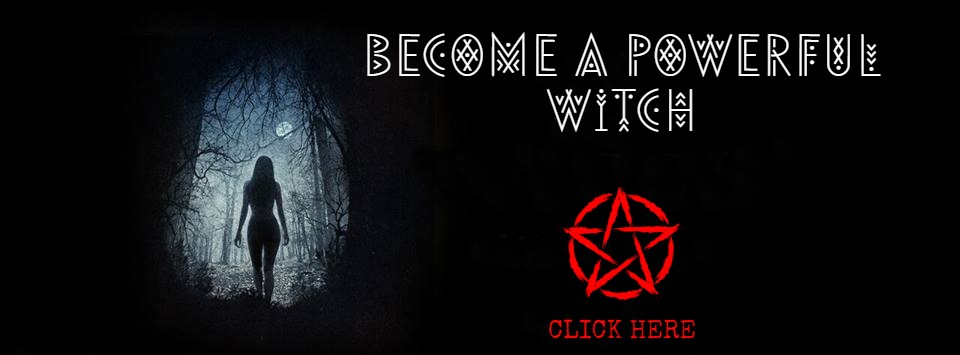Tears

According to folk belief, witches are unable to shed tears. The origins of this belief may be found in the tears shed over the crucifixion of Christ and a statement by St. Bernard (1091–1153) that the tears of the humble could penetrate heaven and conquer the unconquerable. Therefore, the reasoning went, tears were an offense to the Devil, who would do whatever was necessary to prevent his witches from crying.
This “truth” was repeated in medieval witch-hunters’ guides such as the Malleus Maleficarum (1486) and by leading Demonologists of the 16th century, such as Jean Bodin. In De la Demonomanie des Sorciers (1580), Bodin stated that witches and Wizards can neither cry nor look a man directly in the eye. James I of England (James VI of Scotland) wrote in Daemonologie (1597):
. . . threaten and torture them [witches] as ye please, while first they repent; (God not permitting them to dissemble their obstinacie in so horrible a crime,) albeit the woman-kind especially be able otherways to shed teares at every light occasion, when they will, yea, although it were dissembingly, like the crocodiles.
An accused witch’s inability to cry during her interrogation, torture, or trial was taken as proof that she was a witch. The possibility that a person might be beyond tears due to terror or pain was never considered; a defendant was damned if she didn’t cry, and damned if she did. The Malleus Maleficarum instructs judges to take particular note of tears:
For we are taught both by the words of worthy men of old and by our own experience that this is a most certain sign, and it has been found that even if she be urged by solemn conjurations to shed tears, if she be a witch she will not be able to weep.
Judges were warned that witches, knowing that the absence of tears as proof of their guilt, might try to fake crying by smearing their cheeks with Spittle. Defendants were to be watched closely at all times for this trick.
The Malleus Maleficarum notes that while witches will not cry in the presence of judges, or during their interrogation, they will weep while in their cells. This was not to be taken seriously, however, because it was most likely a trick of the Devil, “since tearful grieving, weaving and deceiving are said to be proper to women.”
If an accused witch was able to cry, she was supposed to be discharged, unless there still existed a “grave suspicion” that she was indeed a witch. Naturally, many defendants who cried were nonetheless convicted of witchcraft, as there were plenty of other ways to prove guilt.
In passing sentence, a judge might give a defendant one last chance to prove her innocence by crying. According to the Malleus, he would place his hand upon her head and pronounce:
I conjure you by the bitter tears shed on the Cross by our Saviour the Lord Jesus Christ for the salvation of the world, and by the burning tears poured in the evening hour over His wounds by the most glorious Virgin Mary, His mother, and by all the tears which have been shed here in this world by the Saints and Elect of God, from whose eyes He has now wiped away all tears, that if you be innocent you do now shed tears, but if you be guilty that you shall by no means do so. In the name of the Father, and of the Son, and of the Holy Ghost. Amen.
By the time sentence was passed, many victims were incapable of tears. Some had been tortured to the point where they were barely conscious; others had had their will to live broken. Crying might only mean a return to torture; refusal to cry could bring a speedier, and therefore merciful, death.
SEE ALSO:
FURTHER READING:
- Lea, Henry Charles. Materials Toward a History of Witchcraft. Philadelphia: University of Pennsylvania, 1939.
- Summers, Montague, ed. The Malleus Maleficarum of Heinrich Kramer and JakobSprenger. 1928. reprint, New York: Dover Publications, 1971.
SOURCE:
The Encyclopedia of Witches, Witchcraft and Wicca – written by Rosemary Ellen Guiley – Copyright © 1989, 1999, 2008 by Visionary Living, Inc.











